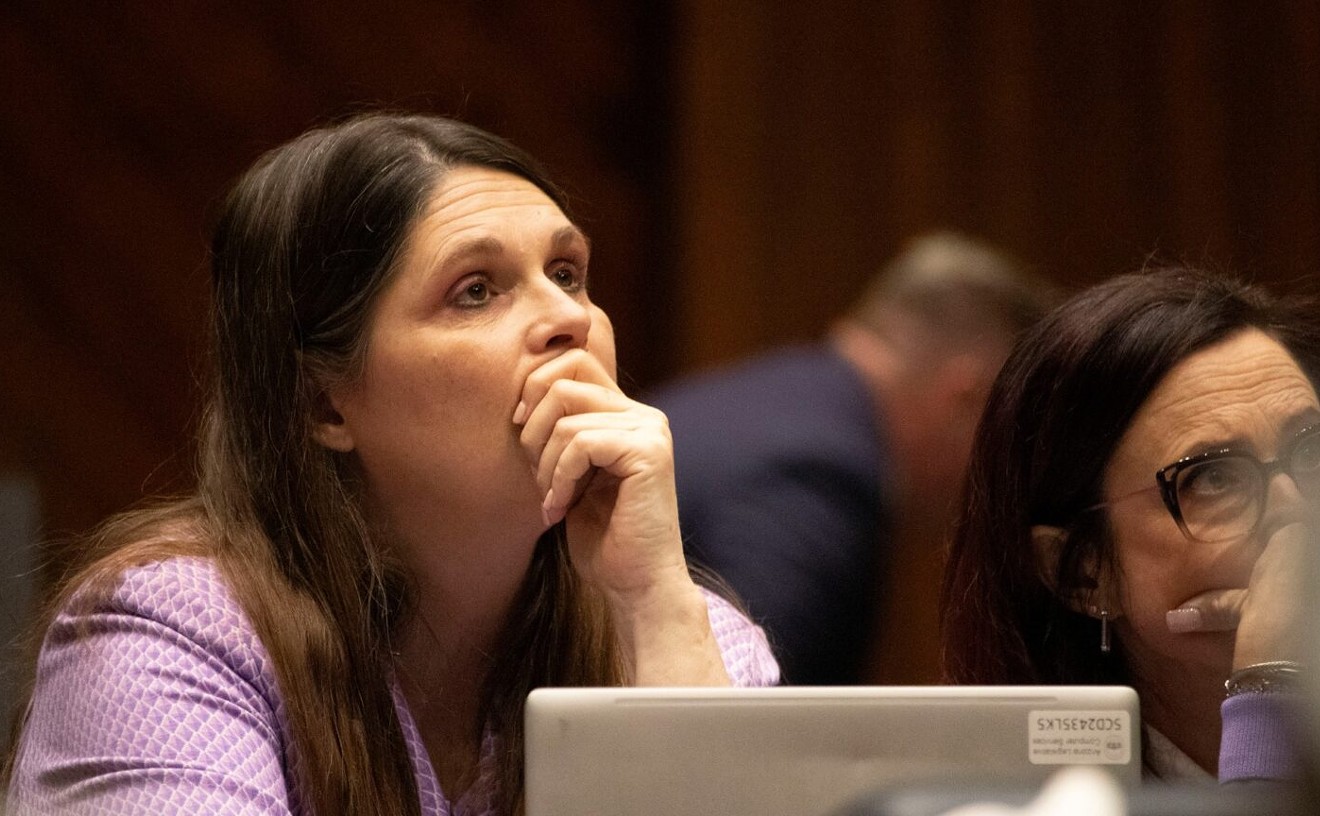The first weekend of downtown Phoenix’s new overnight accommodations for the hundreds of men and women who would normally sleep in the East Lot parking lot was a success. On Friday evening, two buildings on the Human Services Campus, the Lodestar Day Resource Center and St. Vincent de Paul opened their doors to provide an indoor space for 293 men and women to sleep. (On Saturday night 271 people stayed, and on Sunday night 281 people stayed.)
“It was mostly smooth sailing,” says Laura DiTroia, director of programs for the Lodestar Day Resource Center, the organization that is that heading up this new initiative. She says there are still some logistical problems to solve and that the staff will be making some small “tweaks” in the operation in the next week or so. Overall, the first three nights went well.
“We were able to check in over 200 people within an hour every night….and people are enjoying the fact that it’s quieter and cleaner [than the parking lot],” she says. Unlike the East Lot, which was known for its “party culture,” staff only had to call the police on one individual Sunday night.
“The biggest complaint we got was about not having enough mats,” DiTroia says, adding that they currently have 188 mats, and are expecting 245 more to come on Wednesday. (The original plan was the use the mats from the old Men’s Overflow Shelter, but they were “gross.”)
Some of the other anticipated problems—a shortage of bathrooms, a ban on non-service dogs, and segregating men and women—turned out to not be issues at all, DiTroia says. “We got a lot of great feedback.”
The decision to use buildings on the Human Services Campus for shelter comes after months of public outcry over the "inhumane conditions" of the now-shuttered Men's Overflow Shelter and adjacent East Lot. A small group of city and county officials have been working with nonprofit employees to organize the details of the operation, while also working to procure $2.5 million earmarked for rapid re-housing efforts.
This new "emergency shelter plan" also represents a philosophical shift in how Maricopa County approaches emergency shelter. While the MOS and East Lot were overseen primarily by off-duty police officers, the new plan use shelter coordinators and case managers for overnight staff. The LDRC has hired six shelter coordinators so far, and plans to hire six more and one shelter manager in the next few weeks.
In line with the goal of engaging clients in services, all of the new staff have experience working with the homeless or have been homeless themselves. One such employee, Cindy—who asked to be identified by her first name only—was once homeless in Phoenix, and says she understands what those staying in the shelter are experiencing.
After getting out of prison, Cindy's plans for housing fell through and she ended up at the Human Services Campus. She says staff helped her find a subsidized apartment and a job at McDonald's. Now, just a few years later, she proudly holds herself up as an example of what is possible for the homeless.
Cindy will turn 59 in a few weeks, and says she considers her new job and the new shelter plan to be her birthday present.
Check out some pictures of how the LDRC dayroom is transformed into an overnight shelter:
Got a tip? Send it to: Miriam Wasser.
Follow Valley Fever on Twitter at @ValleyFeverPHX.
Follow Miriam Wasser at @MiriamWasser.










